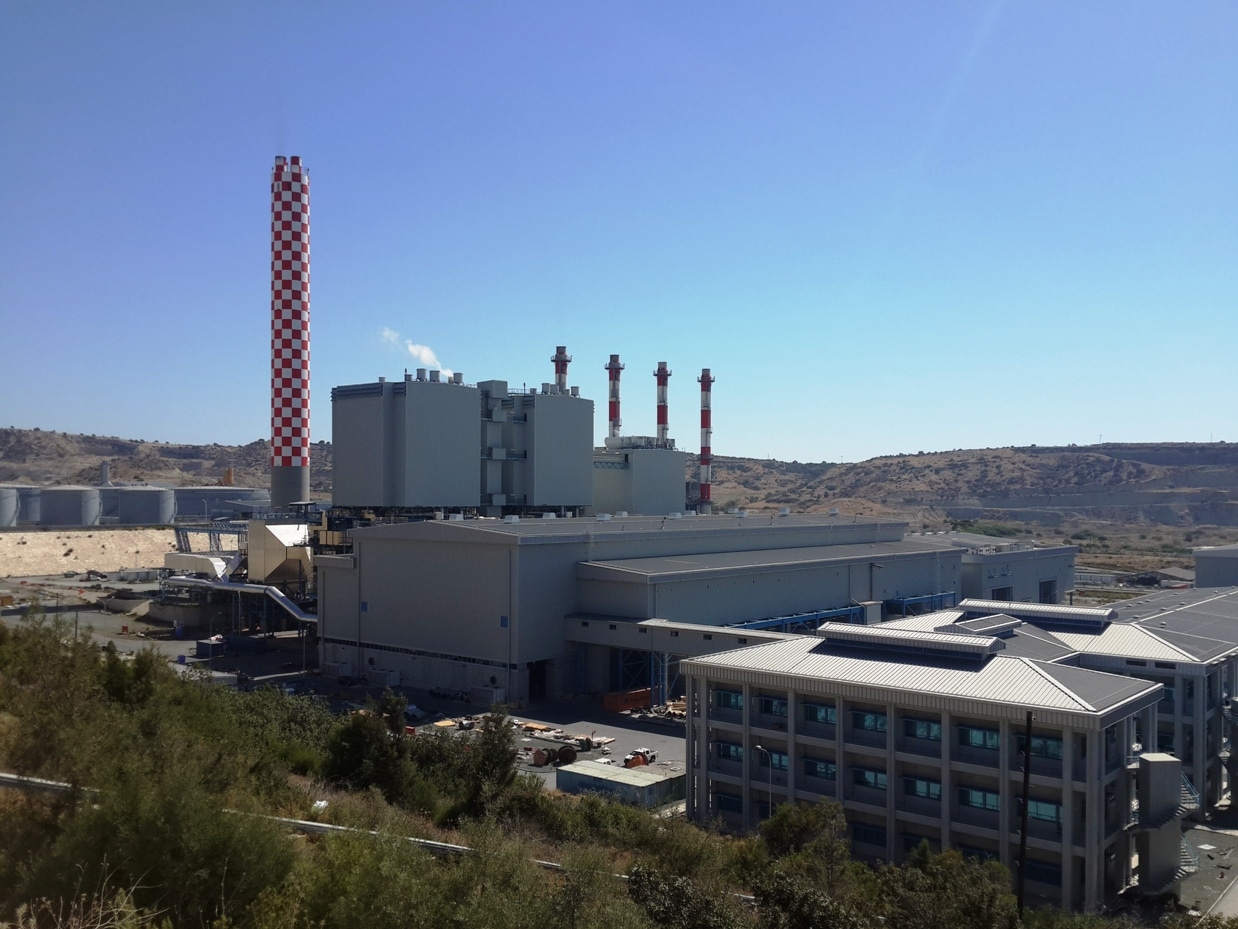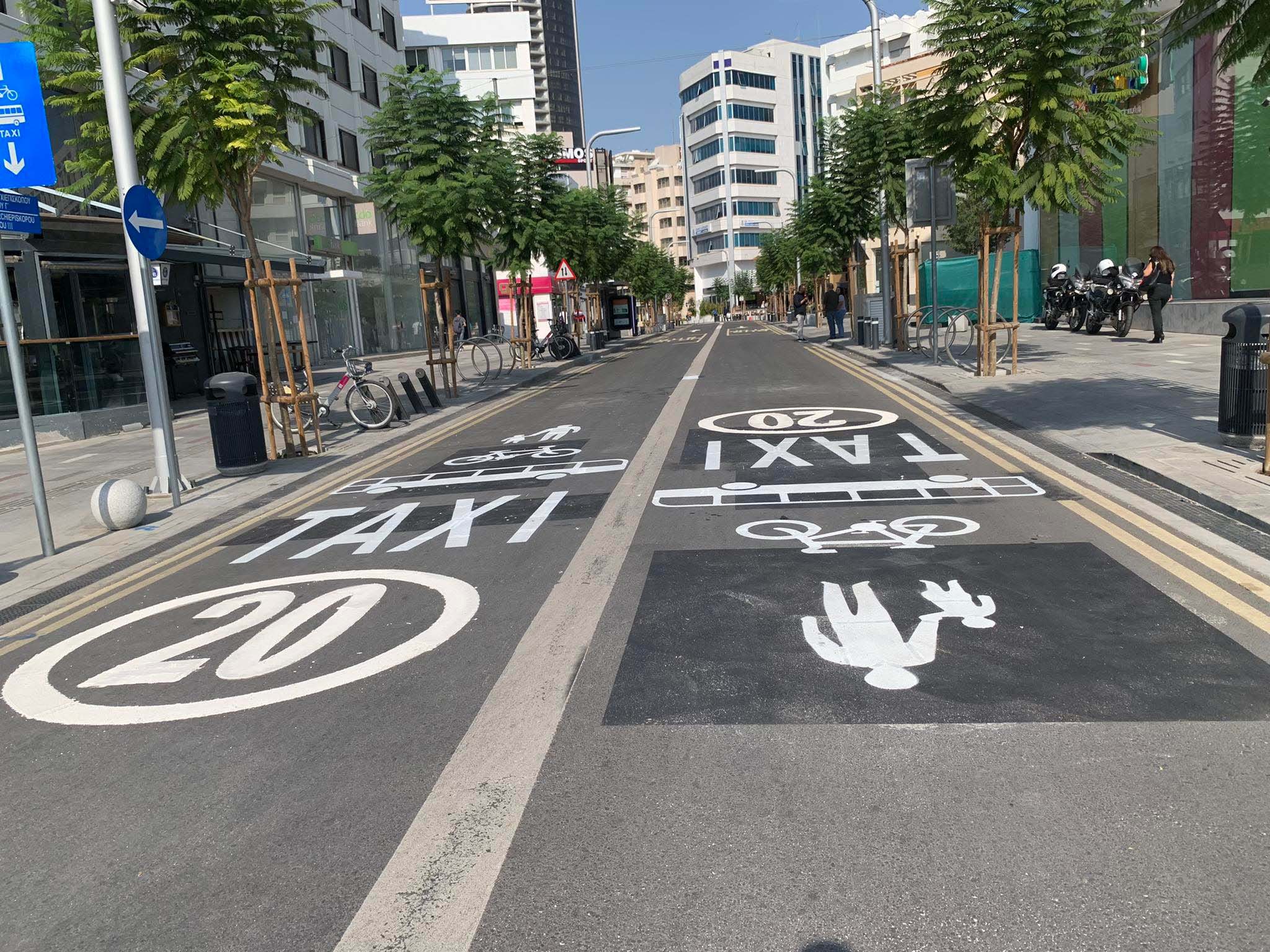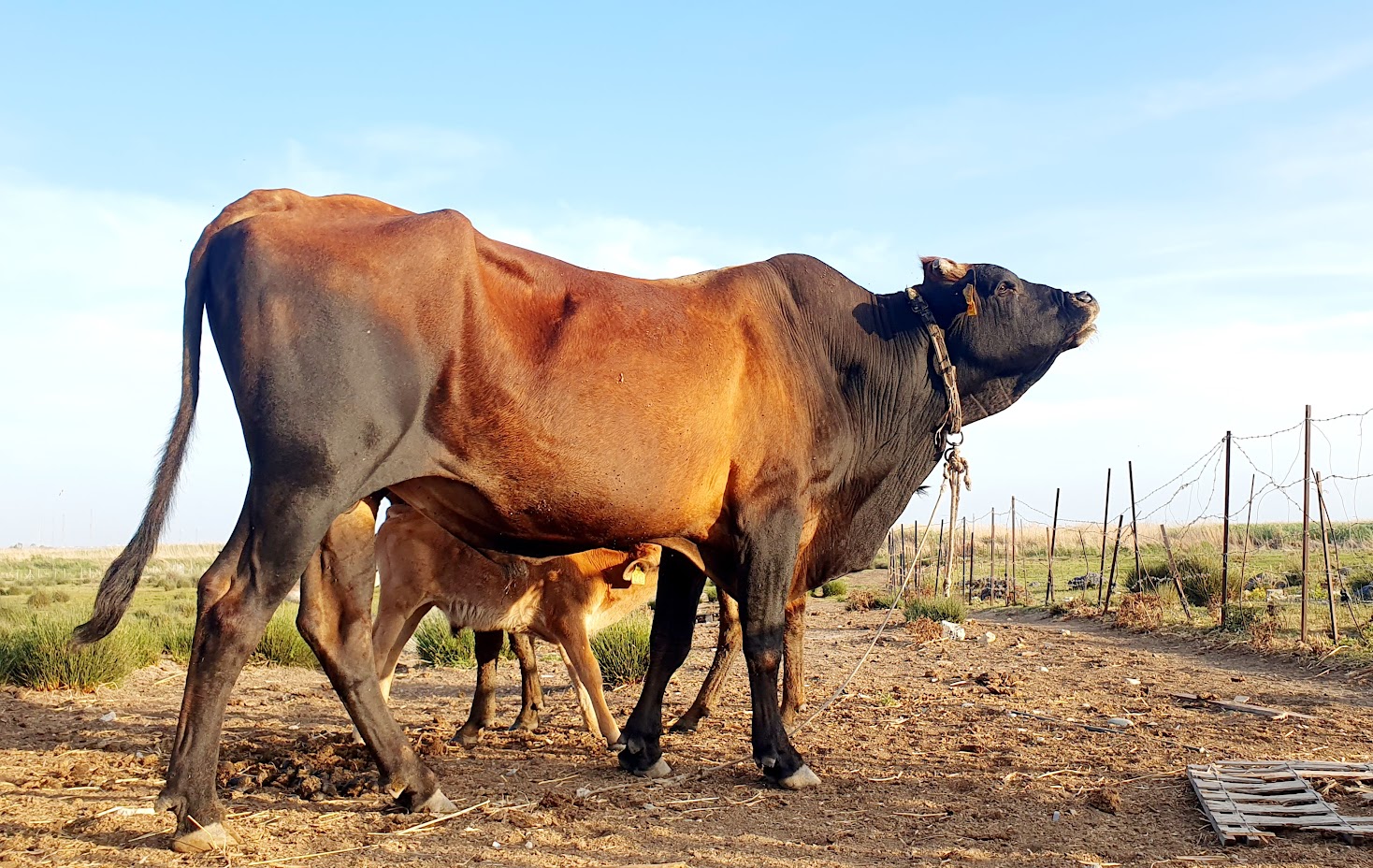Electricity demand in Cyprus exceeded all expectations on Wednesday afternoon, reaching a new yearly high of 1,211 megawatts at 2:15pm, according to updated figures from the Transmission System Operator (TSO). This marks a sharp rise from the 1,190 MW peak recorded on Tuesday.
The spike places additional pressure on an already fragile energy system, with conventional power units still out of operation in both Dhekelia and Vasiliko due to technical faults. The Electricity Authority of Cyprus (EAC) is working to deliver a 60 MW repaired unit to Dhekelia by Thursday, though officials warn the system remains critically tight.
“We asked the EAC to repair and deliver a specific unit, which it seems they will be able to deliver, with a capacity of 60 megawatts, to us by tomorrow [Thursday],” transmission system operator (TSO) spokeswoman Chara Kousiappa told the Cyprus News Agency.
The unit’s arrival will not be a moment too soon, either, with Cyprus’ energy consumption on the rise as temperatures soar up to 44 degrees Celsius.
Evening demand is now projected between 1,020 and 1,040 MW, up from the previously estimated 990 MW. Daily consumption is forecast to reach as high as 1,220 MW, approaching last year’s record high of 1,294 MW.
“These days, we have a low operating margin, which means that in the event of an additional loss of conventional production, it is likely that demand will not be able to be met,” she said.
Although wind farms may contribute 30 to 80 MW this evening, the TSO says this might not be enough to prevent temporary power cuts during the high-risk window between 6:00pm and 9:30pm, when solar production fades and conventional generation bears the full load.
During the day, solar energy can cover as much as half of Cyprus’ energy demand, though this quantity drastically decreases in the evening when the sun goes down, leaving the island once again reliant almost exclusively on conventional fuel burning.
The public is being urged once again to reduce electricity use, especially by postponing the operation of ovens, washing machines, and other high-consumption appliances until after 10:00pm.
While officials remain cautiously optimistic that supply will meet demand, they emphasise that rotational cuts remain a real possibility if any additional faults occur.
“It is good for the public to avoid unnecessary use of electricity as much as possible, of course, so as to help avoid problems”.
Asked if the EAC is also providing Turkish Cypriots with energy, she said there is currently no electricity being transferred in either direction between the island’s two sides.
“It has been agreed that there will be zero energy flow at this time. Of course, because the system is connected, in the event of a failure, one system always affects the other. However, the responsible engineers then take over and limit the damage,” she said.
Those comments come a day after energy expert Dr Charles Ellinas had described the planned Great Sea Interconnector, which, if completed, will connect the grids of Cyprus, Greece, and Israel, as a “shield” against the risk of Cyprus being dependent on others for its energy supplies.
“Whenever we have a big problem with the supply of electricity, we are forced to go to the occupied territories and ask for help. It has not happened many times, but it has happened. So, if we do not have our own interconnection,” the risk will remain.
The electricity authority (EAC) most recently requested energy from Kib-Tek in February, which Kib-Tek provided free of charge.








Click here to change your cookie preferences